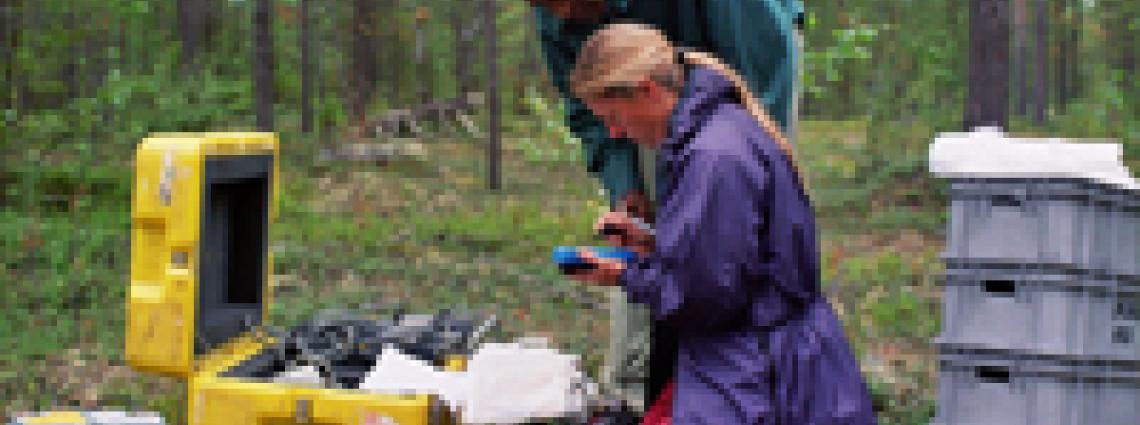Testing seismic aftershock measurements at "Ore Mountain" in Sweden
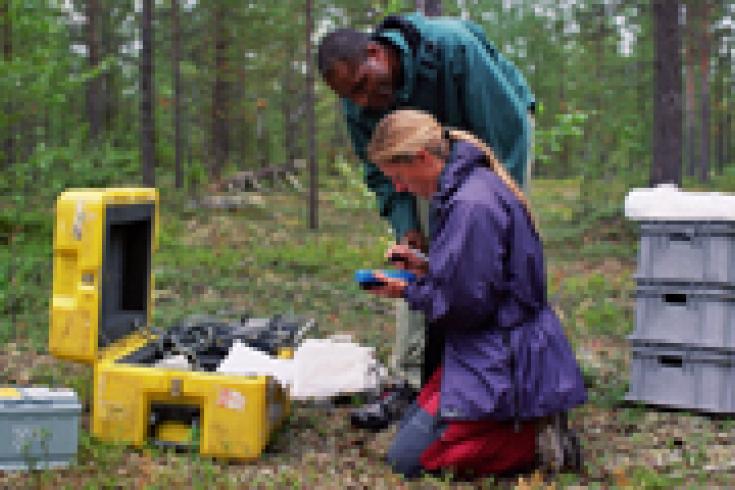
CTBTO's Ruth Murdie and Ganiyu Olufemi Adams programme the seismic acquisition system.
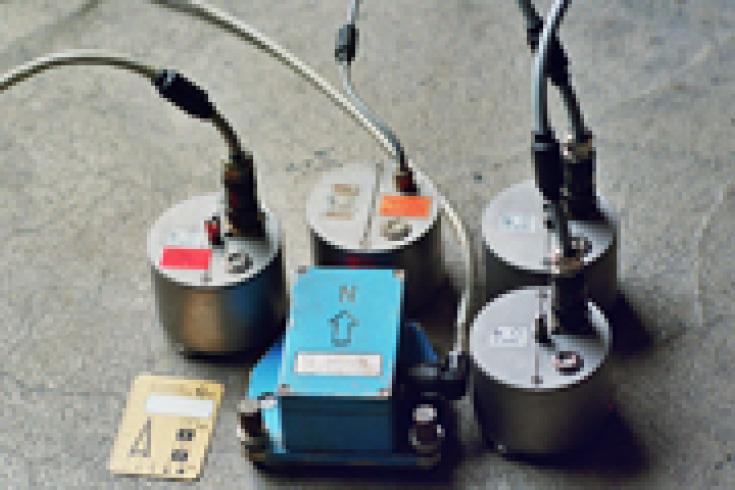
In a so-called "huddle test", seismometers are placed very close to each other.
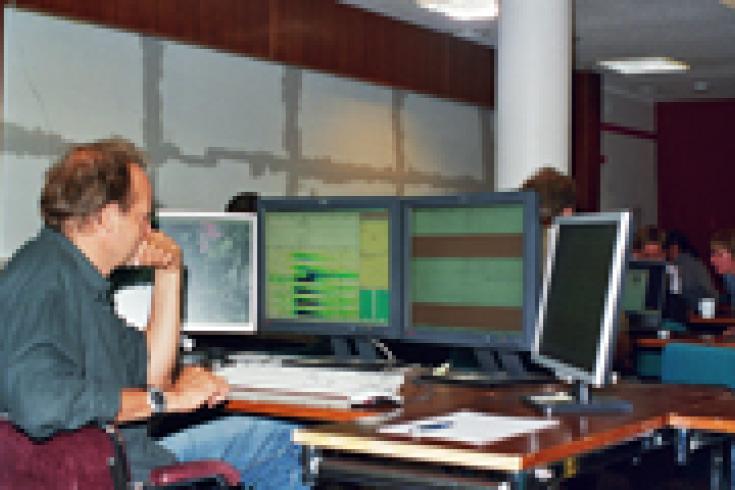
Manfred Joswig of Germany with hypoline software showing seismic signals.
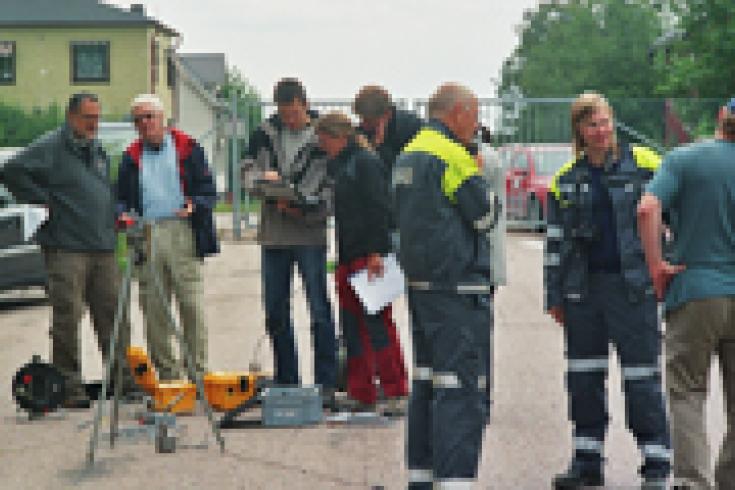
Experts from Member States and the CTBTO enjoyed excellent cooperation with their counterparts at LKAB.
28 Mar 2008
